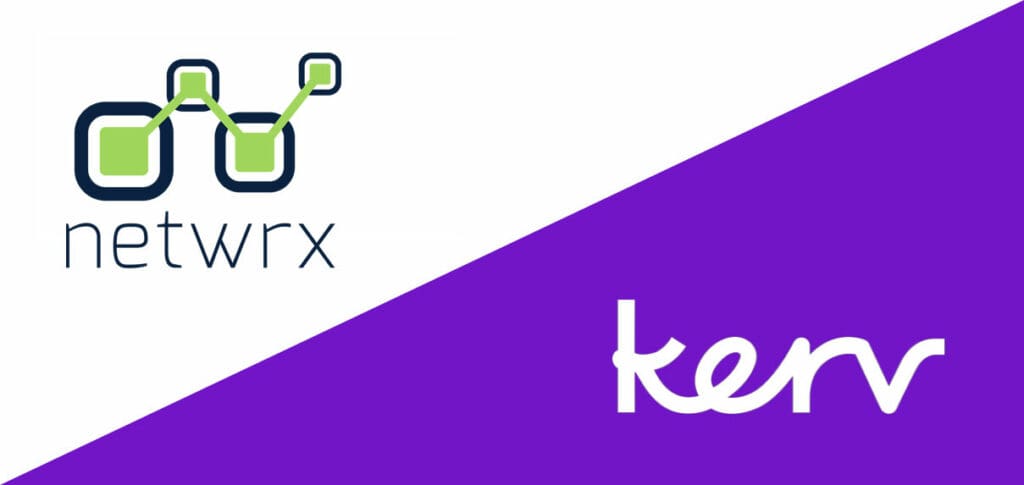
Graham Brown
CTO|Kerv Connect
Have a question?
Get in touchPublished 01/11/22 under:
We have all shopped more locally over the past year, and we’re familiar with the plethora of local stores popping up all over the place. For retailers using this model, agility and flexibility is key.
Typically, when retailers launch a store, they have a host of digital services that are enabled as part of that store opening; in-store radio, digital signage, CCTV etc., and if they launch without those digital services, it has medium to long-term impact in terms of the profitability. A good store opening is when they launch with all their digital services and this can have an impact in terms of the profitability of the store that runs into the tens, if not hundreds of thousands of pounds over an 18-to-24-month period.
From time to time, when opening a new store, it may be a struggle to get a fixed-line connection into the building. For instance, suppose the WAN Service Provider hasn’t been able to connect that building at the time they want to open it, the WAN Service Provider would provide them with a 4G router providing a mobile connection which then talks to a satellite and provides a connection that way.
There are two major failings with that type of service. A single mobile connection using 4G is really inconsistent. It’s what we call a transient connection. There are certain characteristics of a mobile connection, which means the latency, the packet loss and the jitter of the connection, which is the things that sort of define the quality of experience that anybody has when they’ve got traffic going over that connection, are all variable and they’re variable in a number of different characteristics. So, for instance, if we’ve got crazy weather with lots of rain the mobile signal can be impacted as a consequence of that.
If you’ve got lots of people in an area and all those people are connecting to the mobile antenna, it’s a contended medium and the amount of bandwidth and the experience that the store would get as a consequence of that would be impacted. So, they’d get all sorts of variability on these connections, and they would be deployed badly in the sense that they would also go into these comms rooms at the back of the store, and they would just expect to get a 4G signal. There really was no consideration in terms of having an aerial to pick up the signal. In short, it’s a really, really bad service. And this is the WAN Service Provider, that’s providing this service by the way. So, this is not a tinpot organisation.
When you talk about the satellite connection, you obviously have to have a line of sight to the satellite. But the way in which satellite connections work until this point is over a geostationary satellite, which is a satellite that stays over a particular point in the earth. In order to do that from an orbit standpoint, they have to be a really long way away; around 650 miles. So, the time it takes the signal to get up to the satellite and down is about 650 to 800 milliseconds which means that you are unable to support voice and video in real-time over those sorts of connections.
Kerv Connect’s Approach
We took a different approach, using 4G as a medium to give connectivity when the WAN Service Provider couldn’t, and we deployed it differently. We took three independent mobile signals by choosing from the four mobile operators that provide their own radio access network structure.
We picked three out of the four, the three best signals out of the four available network operators and we essentially bond those signals together using SD-WAN. Because we’re not dependent on anybody digging up a road, any timeframe, or any third-party considerations associated with that, we can deliver this service really quickly. So, we have infrastructure ready to go. If one of our clients, rang us by 3.00 pm on any business day, we will have them a connection up and running by the end of the following working day – Rapid Site Deployment. It’s been hugely successful and what we’re finding is that there is a much broader use case for it because nobody wants to dig up the roads anymore. Clients want the ability to be able to get their connectivity done rapidly and while it’s a temporary service that’s put in place until a connection is available it solves a very strategic problem.
Have a question?
"*" indicates required fields






